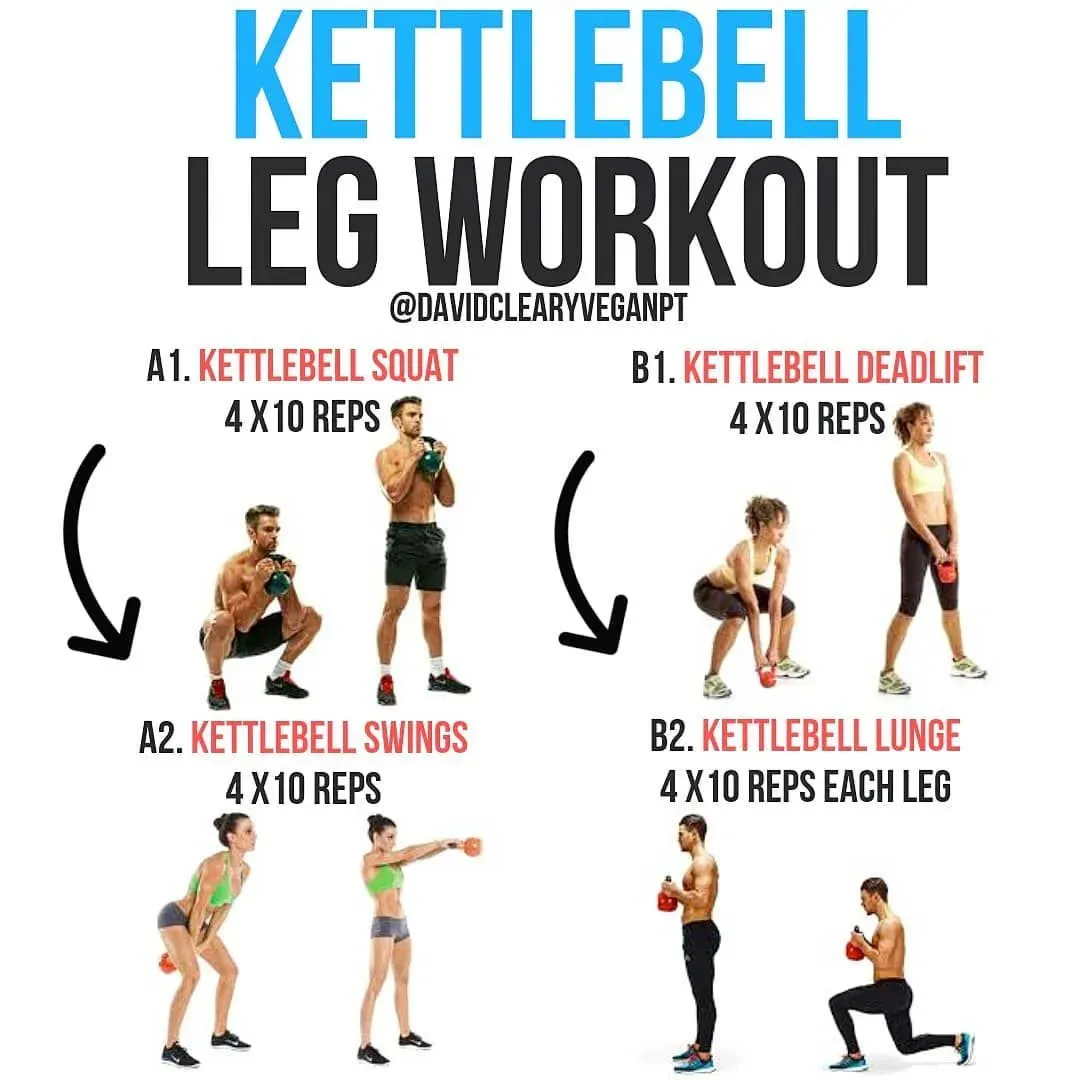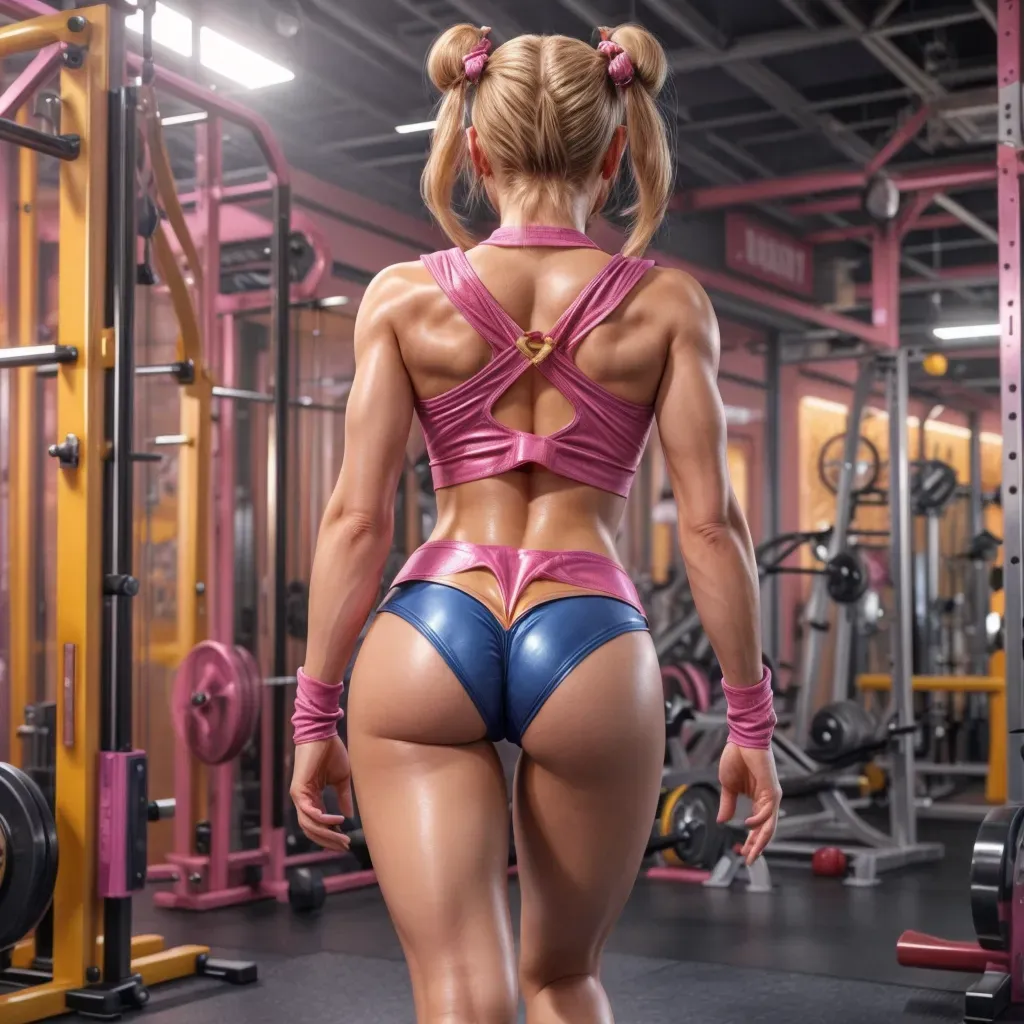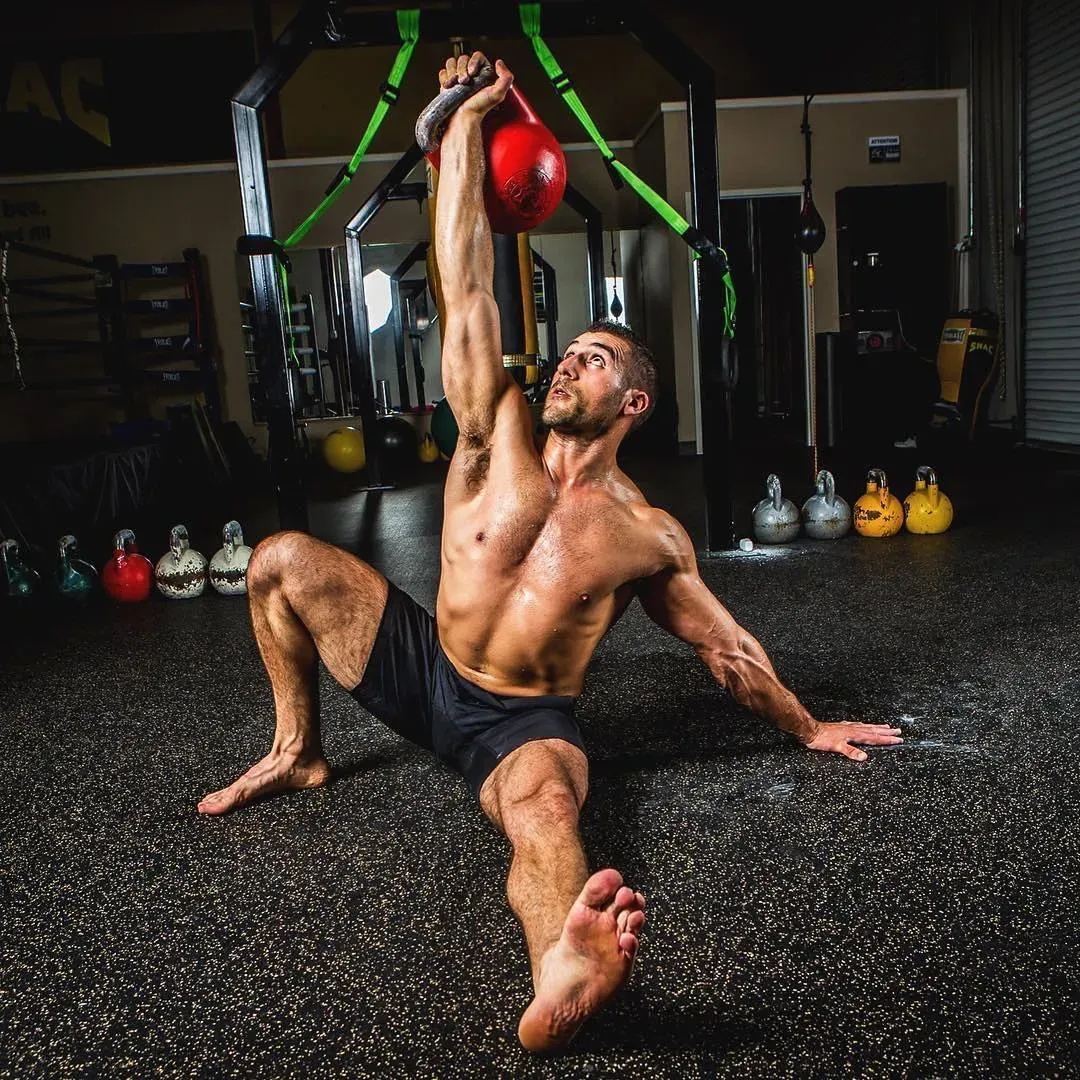Table of Contents
Alright, let's talk legs. Tired of the same old barbell squats and machine work that feels... well, like machine work? If you're looking to build serious lower body strength, power, and stability without hogging multiple pieces of gym equipment, it's time to consider the humble, yet mighty, kettlebell. Forget everything you think you know about just swinging these things around. A proper kettlebells leg workout is a brutal, effective way to forge powerful quads, hamstrings, and glutes, while simultaneously lighting up your core like a Christmas tree.
Why Kettlebells Hit Your Legs Differently

Why Kettlebells Hit Your Legs Differently
Look, lifting a barbell or dumbbell is pretty straightforward: the weight is balanced in your hands or on your back. A kettlebell? Not so much. The weight isn't in your hand; it hangs below it. This off-center mass is a game-changer for your kettlebells leg workout. It constantly pulls and shifts during movements like swings, squats, and lunges, forcing your stabilizing muscles – especially your core, hips, and ankles – to work overtime just to keep you upright and balanced. This isn't just about moving weight up and down; it's about controlling an external force that's trying to pull you off-balance, which builds a different kind of strength and resilience in your lower body and trunk.
Mastering the Basics of Your Kettlebells Leg Workout

Mastering the Basics of Your Kettlebells Leg Workout
so you're sold on the idea that kettlebells can humble your legs in new and exciting ways. Great. Before you go grabbing the heaviest cannonball you can find and swinging it like a madman, let's pump the brakes and talk fundamentals. Mastering the basics of your kettlebells leg workout starts with understanding that form isn't just suggested, it's non-negotiable. Because the weight is off-center, sloppy technique is a fast track to pulling something you'd rather keep attached. This means learning to hinge at your hips, not just bend at your back, keeping your core braced like you're about to take a punch, and controlling the weight throughout the entire movement, not letting it control you. Think of it less like lifting and more like guiding a slightly unruly object through space using your body's natural mechanics. Getting this right from the jump saves you pain and unlocks the real benefits.
Essential Kettlebells Leg Workout Exercises

Essential Kettlebells Leg Workout Exercises
So, you've got the basic hinge and brace down. Excellent. Now, let's talk about the meat and potatoes, the movements that actually constitute your core kettlebells leg workout. We're not going to list every single variation under the sun; that's overwhelming and frankly, unnecessary when you're starting out. You need the bedrock exercises, the ones that deliver the biggest bang for your buck and truly harness the unique power of the kettlebell for lower body development. Think of these as your essential toolkit. Master these, and you've got a potent foundation for building serious strength and power.
Crafting Your Kettlebells Leg Workout Plan & FAQs

Crafting Your Kettlebells Leg Workout Plan & FAQs
Building Your Kettlebells Leg Workout Routine
you've got the basics down and a few key movements in your toolbox. Now, how do you actually put this stuff together into a killer kettlebells leg workout that gets results? It's not rocket science, but it does require a bit of thought beyond just doing random exercises. Start by considering your goals. Are you chasing raw strength, explosive power, or just better overall conditioning? This dictates the exercises you prioritize, the weight you use, and the rep/set schemes. For strength, think heavier weights, lower reps on foundational moves like squats and deadlifts. For power, focus on explosive movements like swings and snatches, possibly with slightly lighter weights for speed. Conditioning? Higher reps, circuit style.
Structuring Your Weekly Sessions
How often should you hit your legs with kettlebells? That depends on your recovery, overall training split, and how hard you're going. For most people, hitting a dedicated kettlebells leg workout 1-2 times per week is plenty, especially if you're also doing other forms of training. You could structure it as one heavier day focusing on strength exercises and one lighter day focusing on ballistic movements and conditioning. Or, integrate kettlebell exercises into a full-body routine. The key is progression – don't do the same thing forever. Gradually increase the weight, reps, sets, or reduce rest times. Track what you're doing; otherwise, you're just guessing, and guessing rarely builds truly strong legs.
- Beginner Kettlebell Leg Day: Goblet Squats (3x8-12), Kettlebell Swings (5x10-15), Kettlebell Romanian Deadlifts (3x10-12)
- Intermediate Kettlebell Leg Day: Double Kettlebell Front Squats (4x6-8), Single-Leg Romanian Deadlifts (3x8-10 per leg), Kettlebell Lunges (3x10-12 per leg)
- Advanced Kettlebell Leg Day: Double Kettlebell Cleans (5x3-5), Kettlebell Snatches (5x5-8 per arm), Pistol Squat Progression (work towards 3x5 per leg)
Addressing Common Kettlebells Leg Workout Questions
People always have questions when they start incorporating kettlebells, especially for legs. One big one is, "What weight should I use?" Honestly, start lighter than you think you need. Master the movement pattern first, especially with swings and cleans. You can always go heavier later. It's better to use a moderate weight with perfect form than struggle with a heavy one and risk injury. Another common question: "Can kettlebells replace barbells for legs?" Not entirely, they offer different benefits. Barbells allow for heavier absolute loads on bilateral movements. Kettlebells excel at building dynamic strength, stability, and working the posterior chain and core in unique ways. They complement each other nicely.
Putting Your Kettlebells Leg Work to Use
So, there you have it. Ditching the fancy machines and embracing the kettlebell for your leg training isn't just a quirky alternative; it's a legitimate path to building a stronger, more resilient lower body. You've got the exercises, the rationale behind why kettlebells are so effective, and the pieces to start building your own routine. It won't always be pretty, and your legs will likely curse your name the next day, but stick with it. The payoff isn't just bigger quads; it's better balance, improved power, and a core that actually knows how to work. Go pick up that bell and get after it.